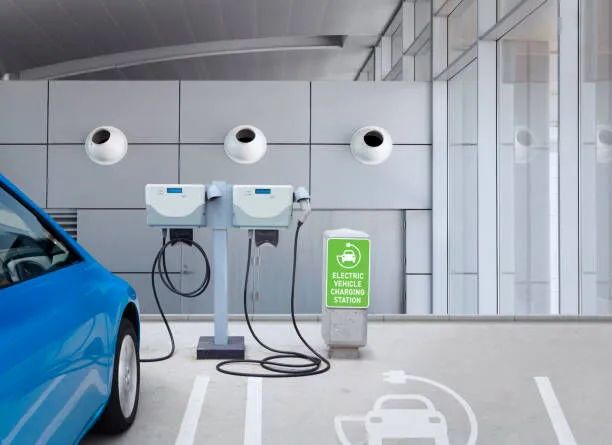


A Complete Guide to Level 2 EV Charger Installation for Homeowners
As a Leading EV Charger Manufacturer in China, LiCB Charge Offers Reliable AC and DC Electric Vehicle Charging Stations Along with Comprehensive Charging Solutions.
As electric vehicles (EVs) become more mainstream, homeowners are increasingly installing Level 2 EV chargers for faster, more reliable at-home charging. Offering a significant upgrade over Level 1 units, Level 2 chargers strike the ideal balance between performance and affordability—but they do require careful planning and professional installation.
Level 2 chargers operate at 240 volts and typically provide 10 to 60 miles of range per hour, depending on the charger’s amperage and the vehicle model. In contrast, Level 1 chargers use a standard 120-volt outlet and can take over 24 hours for a full charge. For daily drivers or those with larger EV batteries, Level 2 is a must for overnight charging convenience.
Installing a Level 2 charger involves high-voltage work and should always be handled by a licensed electrician. A professional ensures:
Compliance with local codes and safety standards
Proper wiring and breaker installation
Required permits and inspections
Eligibility for utility rebates or incentives
Avoiding DIY mistakes is critical to safety and long-term performance.
A typical Level 2 charger needs a dedicated 240V circuit with a 40–60 amp breaker. An electrician will assess your panel’s capacity and determine if it can handle the added load.
Main Panel Upgrade
Upgrading to a higher-capacity panel (e.g., from 100A to 200A) can cost $2,000–$4,000 and may take several weeks due to permit and utility coordination. While expensive, this upgrade supports future additions like solar or battery systems.
Load Management Devices
These monitor your panel’s load and automatically reduce EV charging amperage when demand spikes. At $200–$600, they’re cost-effective and can often be installed in under an hour.
Permits are usually required before installation, and inspections afterward ensure the work meets code. Many jurisdictions mandate this process, and utility incentives often depend on proper documentation.
Mounting Solutions
Chargers can be wall-mounted or installed on pedestals, ideal for open driveways or shared spaces. Pedestals are weatherproof and offer flexible placement.
Cable Management Systems
These prevent tripping hazards and extend cable life. Options include retractable reels, hooks, or swing arms, especially important for cords over 25 feet (per NEC Article 625).
Protective Barriers
Use bollards, wheel stops, or guard rails to prevent vehicle impact—especially in garages or public/shared areas.
| Component | Estimated Cost |
|---|---|
| Level 2 Charger (hardware) | $400 – $1,200 |
| Installation (labor) | $300 – $1,000 |
| Panel Upgrade (if needed) | $2,000 – $4,000 |
| Load Management (optional) | $200 – $600 |
| Cable Management System | $100 – $300 |
| Mounting Stand or Pedestal | $200 – $600 |
| Permits & Inspections | $100 – $500 |
| Structural Barriers | $100 – $300 |
Total Estimated Cost: $1,000 to $6,000+
A Level 2 EV charger is a smart investment, offering faster, more efficient charging at home. With the right planning—whether upgrading your panel or using load management—you can ensure a safe, code-compliant setup tailored to your property. Partner with licensed professionals and consider your home’s unique electrical and physical layout to enjoy years of reliable EV charging.Know more about Google SEO Directory
